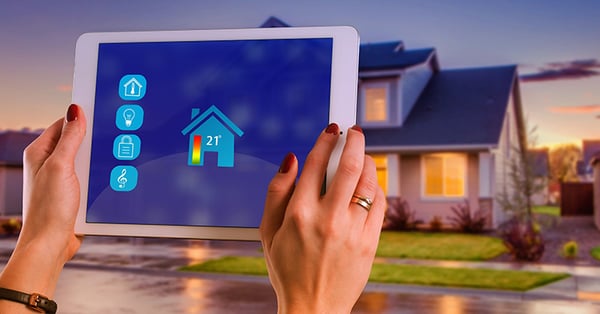Our homes are filled with pressure sensors. From
So what do these consumer electronics have to do with pressure calibration? Pressure sensors and the high-end sensors used to calibrate them are some of the components that make these features possible
Smartphones and Wearables
Most phones, fitness trackers and smartwatches are equipped with GPS tracking and a barometer. The use of the GPS tracker is obvious - you move from place to place and the GPS can measure your distance and speed based on your departure and arrival time. It does this by pinging a satellite in Earth’s orbit that updates your location. But, what happens if you lose your phone signal? Modern devices can still track
While GPS coordinates your horizontal position, a barometer coordinates your vertical position. This aids GPS tracking while indoors, in large cities where GPS signals can get lost or bounced between tall buildings, and when you have poor signal. A barometer’s reading can detect changes in altitude, which is how your phone tracks how many flights of stairs you’ve climbed, how many calories you burned on a multi-terrain run, and when you go from sitting to standing. The barometer can’t track your movement on its own but it aids GPS in giving the end user the most accurate location and movement data possible.
Smart Appliances
Pressure sensors also make our homes more comfortable and energy efficient. Homes today are filled with “smart” thermostats, washers, dryers, and stoves. Smart vents have been in use for some time, and work in tandem with a smart thermostat for full climate control. With a smart

Washing machines often use piezoresistive pressure sensors to regulate
Calibration of Sensors for Consumer Electronics
Although we come in contact with these sensors every day, behind the scenes, laboratory grade transducers are used for calibration. What makes these sensors different?
The biggest difference between consumer sensors and those found only in the calibration laboratory is size and accuracy. The 0.01% accuracy of a calibration grade sensor isn’t needed in consumer technology. It wouldn’t provide a notable benefit to the average consumer. What is important in smart devices and appliances is first and foremost size, low power consumption
While


